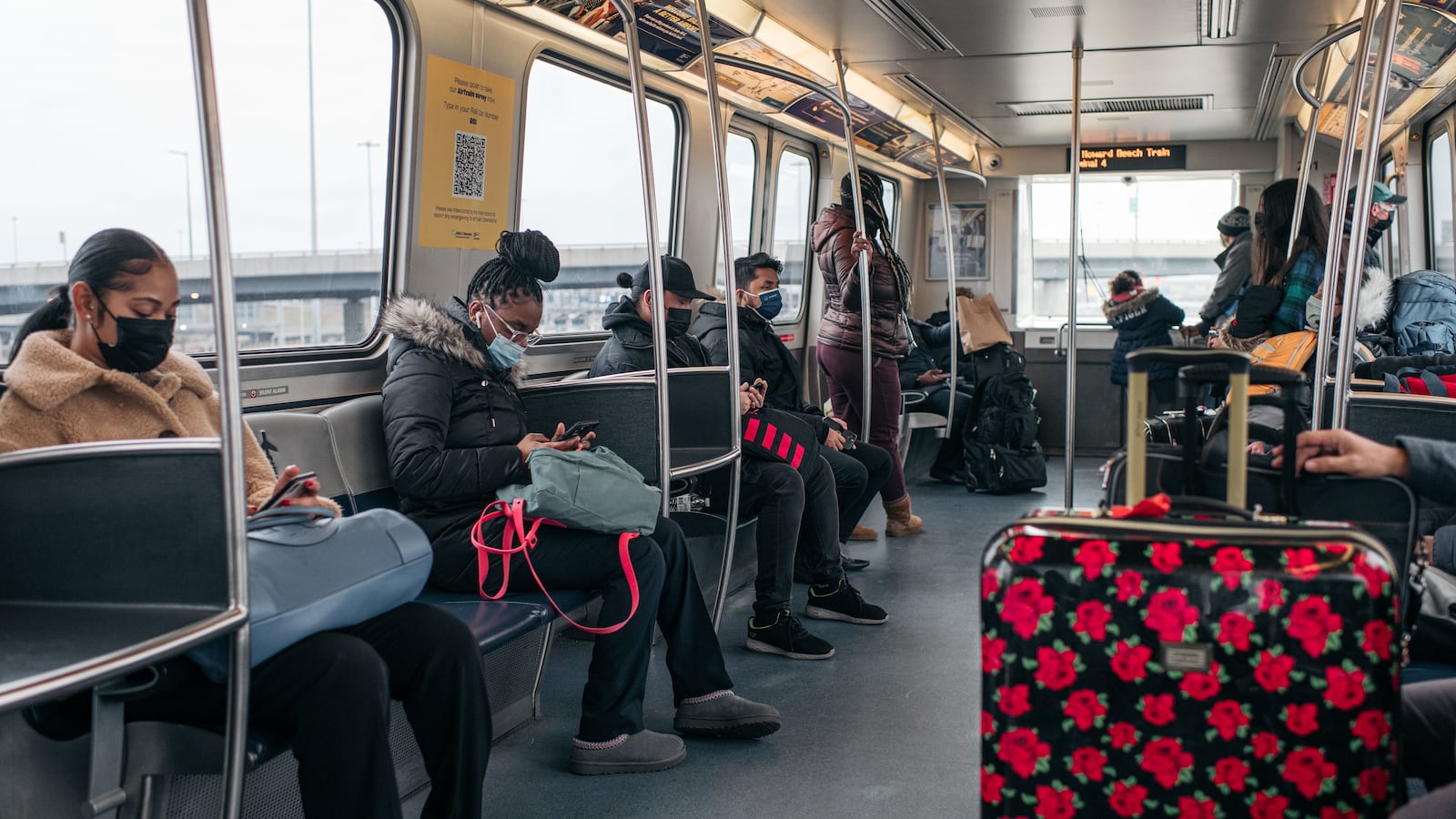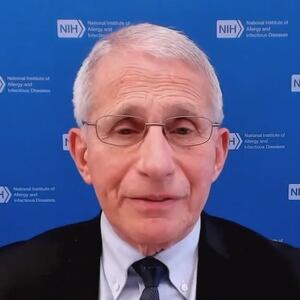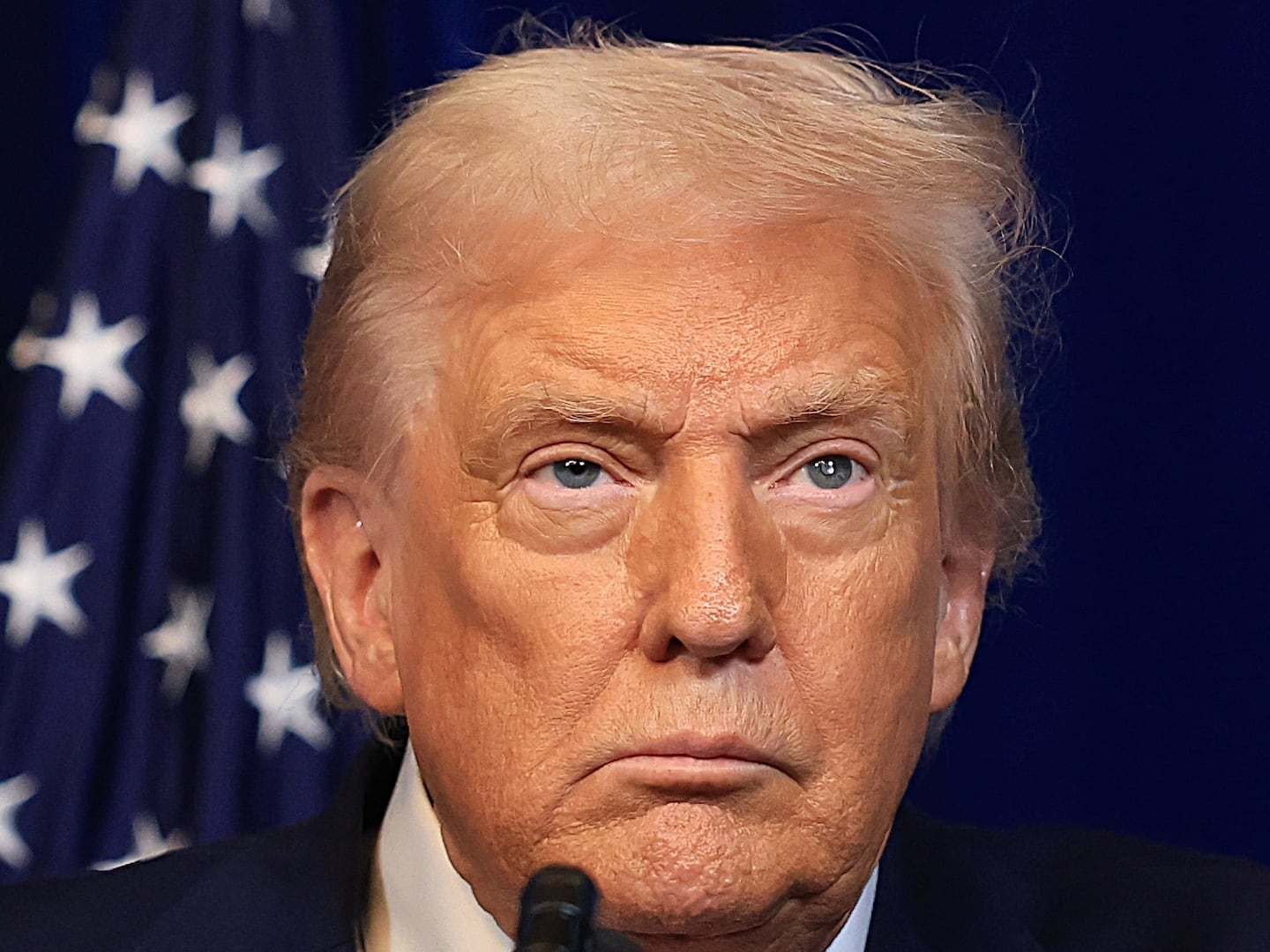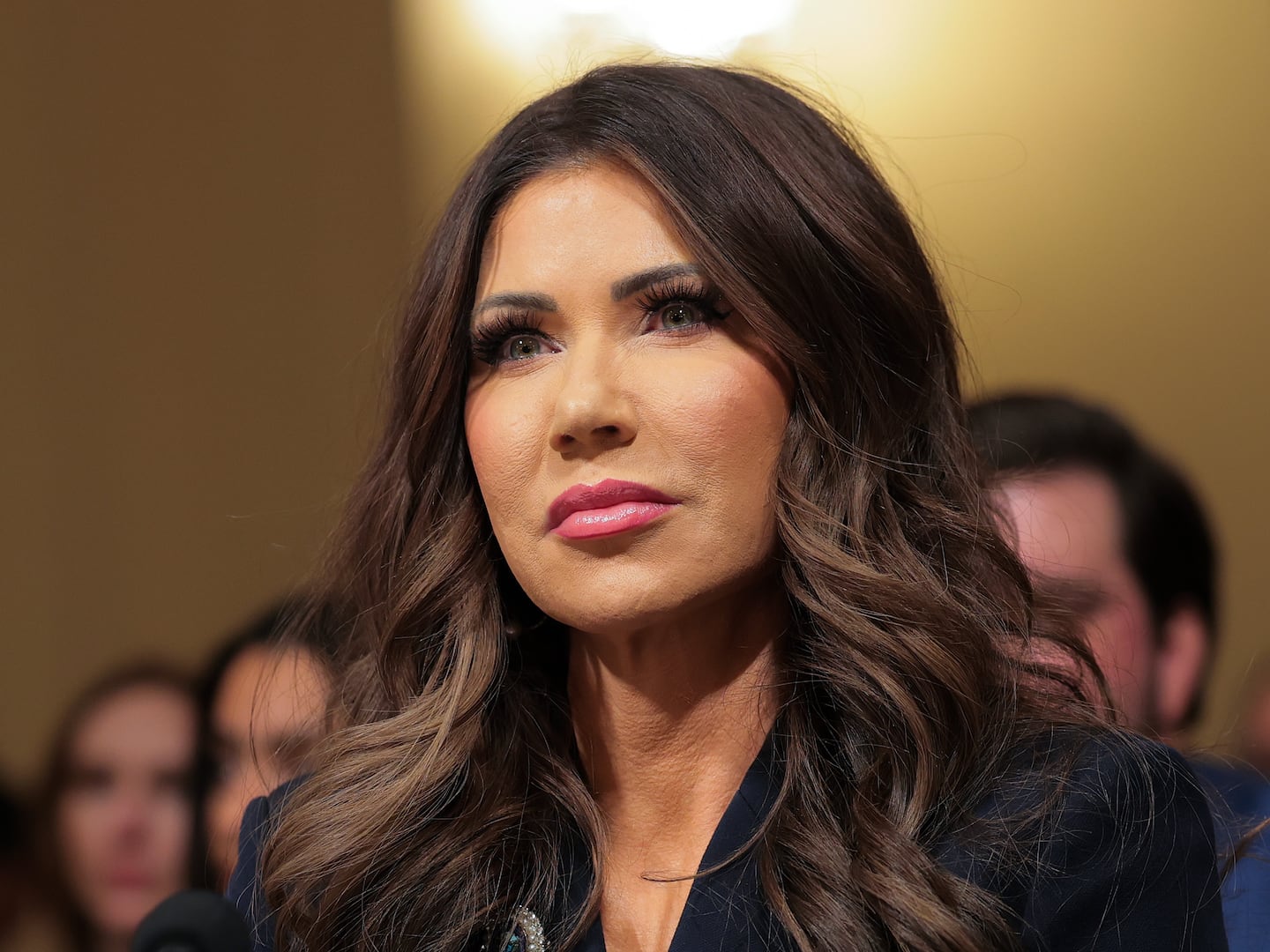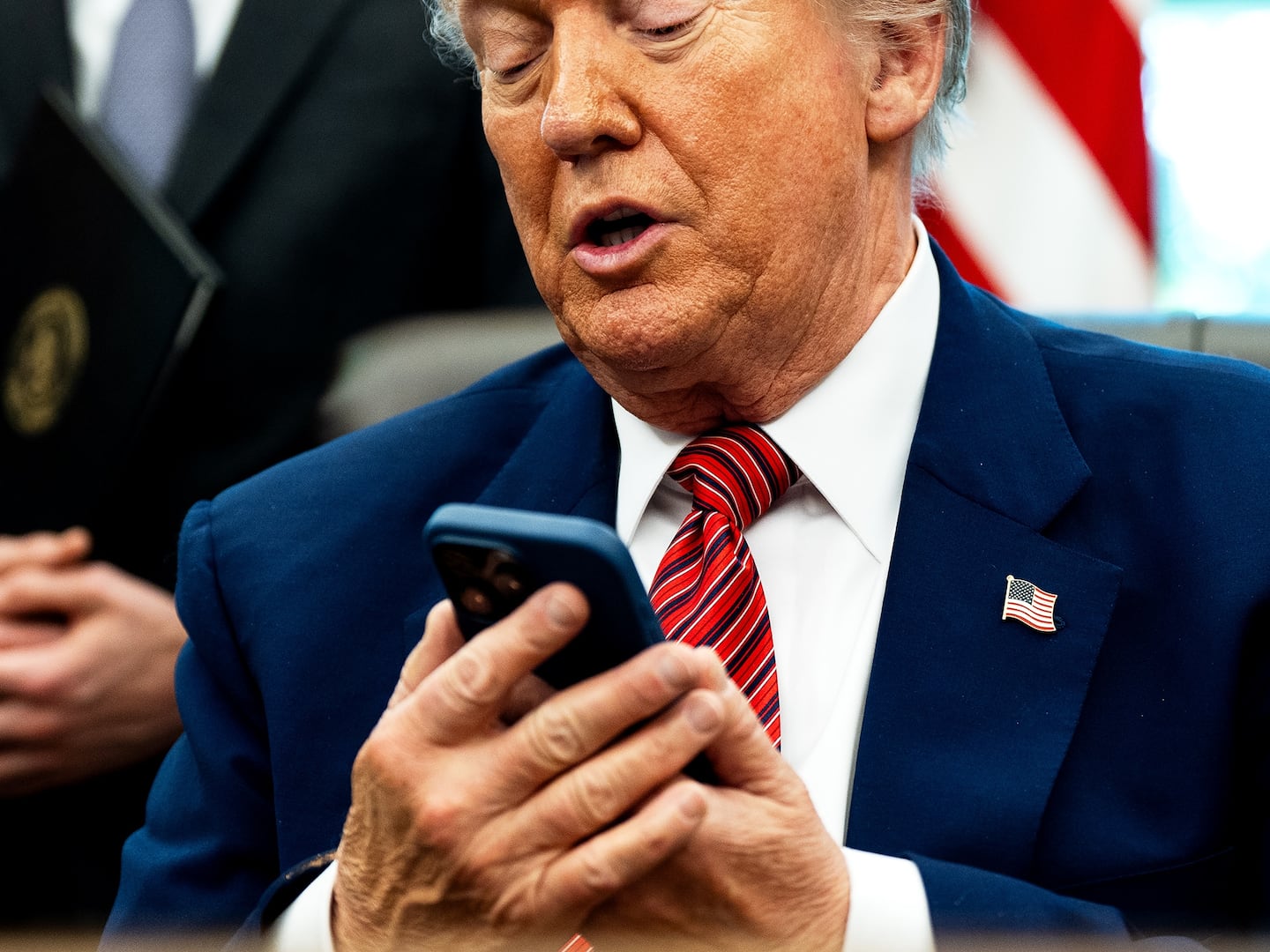The CDC now recommends that those who test positive for COVID-19 should isolate for five days instead of 10, hoping to curb the recent spate of employee callouts as the Omicron coronavirus variant sweeps through virtually every industry.
“We want to make sure there is a mechanism by which we can safely continue to keep society functioning while following the science,” CDC Director Dr. Rochelle Walensky told the Associated Press Monday.
The new recommendations—which are not laws and are meant to guide businesses and state and local health officials—offer separate guidance for those who are unvaccinated, fully vaccinated, and boosted. Notably, the guidance for those who have received just two doses of an mRNA vaccine, such as Pfizer and Moderna, or one dose of Johnson & Johnson’s vaccine, is now stricter than previous recommendations.
Regardless of vaccination status, those who have been infected with the virus can re-enter society after five days provided they have no symptoms and they wear a mask in all settings for five more days, including at home with other people. If a person still shows symptoms after the initial five days, they should continue to isolate until their symptoms subside.
Those who are exposed to the virus and have received a booster can skip self-isolation provided they wear a mask at all times for at least 10 days. Otherwise, the unvaccinated and those who have received only two doses should quarantine for at least five days and then wear a mask for five days after that, the CDC says.
The new guidance comes after New York and other industries narrowed the isolation period for some of their workforces in order to keep them running. New York Gov. Kathy Hochul announced last week the state would cut the quarantine window to five days for essential workers, including health-care workers, grocery store workers, and restaurant employees.
“We need you again,” she said during remarks on Friday. “We need you to be able to go to work.”
Public-health experts have been suggesting the government needs to make concessions to a pandemic-weary public that increasingly suspects infection is virtually inevitable. But the new guidance also came in light of widespread failures on the testing front.
“It’s an emergency that didn’t necessarily have to be an emergency,” Peter Hotez, a pediatrician and virologist at Baylor College of Medicine in Houston and a Daily Beast contributor, said in an interview.
Hotez suggested the failure to improve diagnostic testing nationally had created an untenable situation in light of rapidly-surging caseloads, and that the new approach “relies less on diagnostic testing and more of an honor system or just putting it on autopilot after a certain number of days.”
Still, Hotez concluded this might be the only option available to the agency, alluding to its revised guidance for healthcare workers that preceded the new guidance for the general public.
“I support it as an emergency measure that needs to be examined and studied to see if it still holds water after this current wave,” he said. “I think it’s borne out of desperation, keeping the health-care system from collapsing, and keeping the country operating.”

